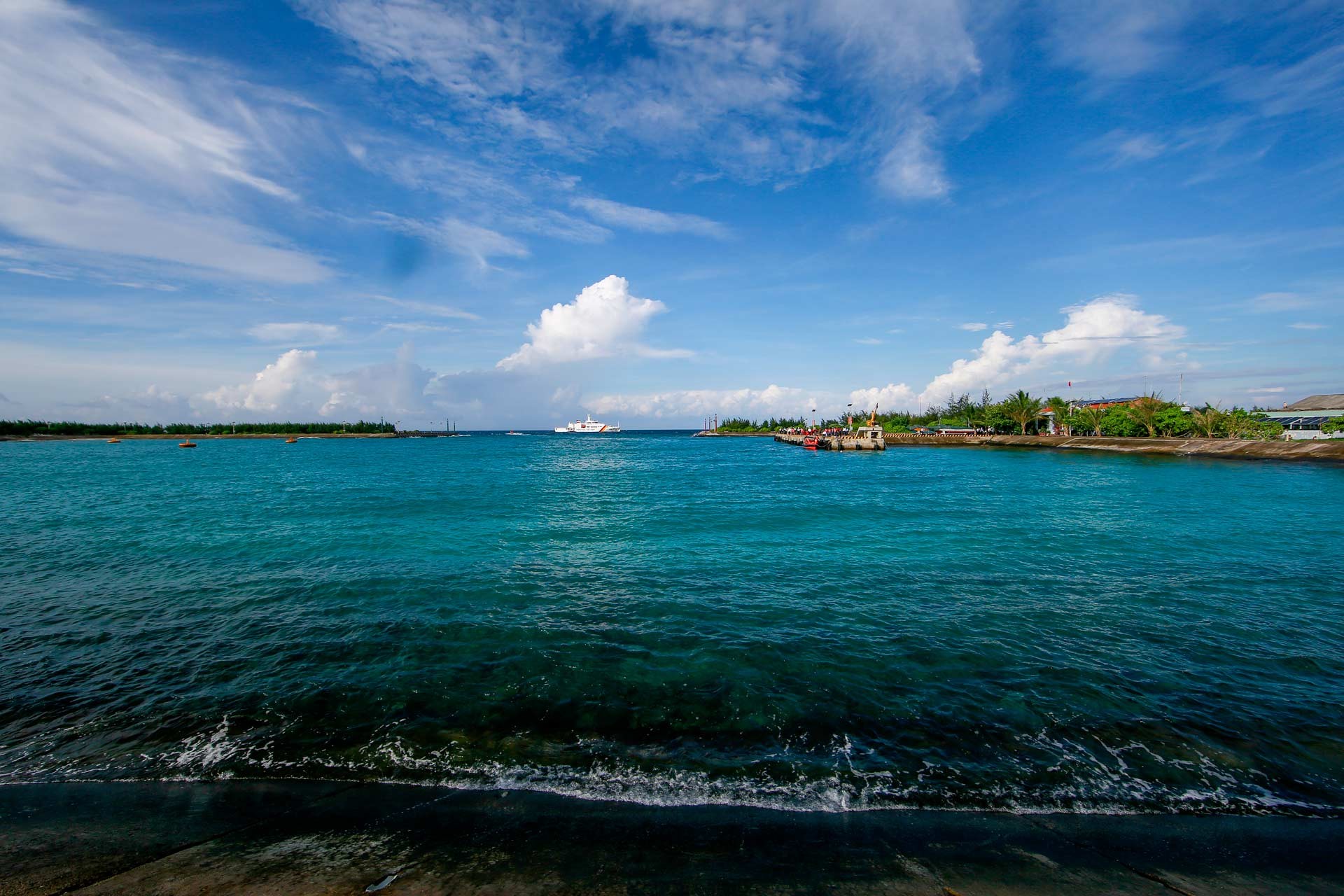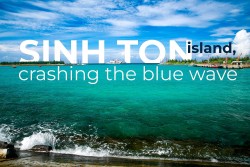
East Sea: The maritime territory cost a lot of research in history
Latest
 |
| Sinh Ton island, Truong Sa island district, Khanh Hoa province. (Photo: WVR/Pham Anh Tuan) |
An extensively and continuously researched issue
Regarding the issue of sovereignty over the Hoang Sa (Paracel) and Truong Sa (Spratly) archipelagos, Vietnam has full legal basis and historical evidence to prove that Vietnam has exploited, established and exercised sovereignty over these two archipelagos since the 17th century when they were not under the sovereignty of any country.
Up to now, there have been many documents, ancient bibliographies and maps found in domestic and abroad archives and libraries, forming sufficient historical and legal basis to affirm a certainty about Vietnam's sovereignty over the two archipelagos.
There have been hundreds of research works, books, newspapers, and articles published, affirming the process of exploiting, establishing and enforcing Vietnam's sovereignty over the two archipelagos. That process took place very early, at least since the 17th century and continues until today.
Research on Hoang Sa, Truong Sa and the East Sea issue are huge and extremely important tasks. There have so far been many historians, politicians, diplomats, military and cultural scholars in Vietnam and abroad, who spent a lot of time and effort collecting, researching, exploiting, and evaluating historical documents and published results confirming Hoang Sa and Truong Sa under the sovereignty of Vietnam.
The number of research works and books written on Vietnam's sovereignty over the Hoang Sa and Truong Sa archipelagos and the East Sea issue is increasing, consistently affirming Vietnam's sovereignty over the two archipelagos as well as in Vietnam's exclusive economic zone according to the provisions of international law.
Vietnam's consistent policy
Due to its important strategic position in terms of economics, politics, military and historical problems, disputes arise between countries with common interests in this area.
 Sinh Ton island, crashing the blue wave Sinh Ton island, crashing the blue wave |
| More from WVR |
In particular, China's unreasonable demands for sovereignty in the East Sea, with the "cow tongue-shaped line" (nine-dash line) and the increasing pace of militarization of illegally occupied islands and reefs in the East Sea have made the security situation in the East Sea more tense and complicated.
In such a context, along with the current trend of international integration on the sea and islands, the provisions of the International Law of the Sea are the most important legal basis for relevant countries to apply during the process of negotiating and finding solutions for the sea and land disputes.
Vietnam's consistent stance on the Hoang Sa and Truong Sa archipelagos is clear and consistent. Vietnam is the first and only country to exercise sovereignty over the Hoang Sa and Truong Sa archipelagos in a peaceful, stable and continuous manner.
Historically, at the bilateral and multilateral levels, Vietnam has sufficient historical evidence and legal basis to assert its sovereignty over these two archipelagos. On the other hand, Vietnam advocates resolving all disputes in the East Sea by peaceful means, on the basis of respect for international law and practice, especially the 1982 United Nations Convention on the Law of the Sea (UNCLOS) and in the spirit of the 2002 Declaration on the Conduct of Parties in the East Sea (DOC).
Reaction to stakeholders
Regarding China, both sides affirmed to resolve all disagreements through peaceful negotiations, friendship, mutual respect, and concern for each other's legitimate interests, based on common perceptions, which were reached by leaders of the two countries, and Agreement on basic principles guiding the settlement of maritime issues, on the basis of international law, especially the 1982 United Nations Convention on the Law of the Sea, the spirit of the Declaration on the conduct of parties in the East Sea, towards building a Code of Conduct of parties in the East Sea (COC).
 |
| A soldier performing his duties as a navigator, helping a canoe travelling to Da Lat island, Truong Sa archipelago. (Source: VNA) |
For ASEAN countries that have common interests in the East Sea such as Thailand, Brunei Darussalam, Malaysia, Malaysia, and Indonesia, all parties and Vietnam agree on the policy of ensuring peace, stability, security, safety, and freedom of navigation in the East Sea; resolve disputes by peaceful means, comply with international law, especially UNCLOS 1982 and DOC, towards building a COC; agreed to coordinate to build a united and strong ASEAN Community.
At the same time, Vietnam proactively coordinates with other members to bring about the Trans-Pacific Economic Cooperation Agreement (TPP), meeting the common development interests, contributing to promoting growth, prosperity of countries in the region.
By making the East Sea dispute public and transparent, and resolutely rejecting China's nine-dash-line claim in the East Sea, Vietnam, along with China and ASEAN countries, strives to turn the East Sea into a sea of peace, stability and development in the world.








